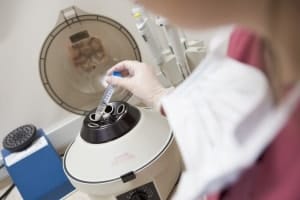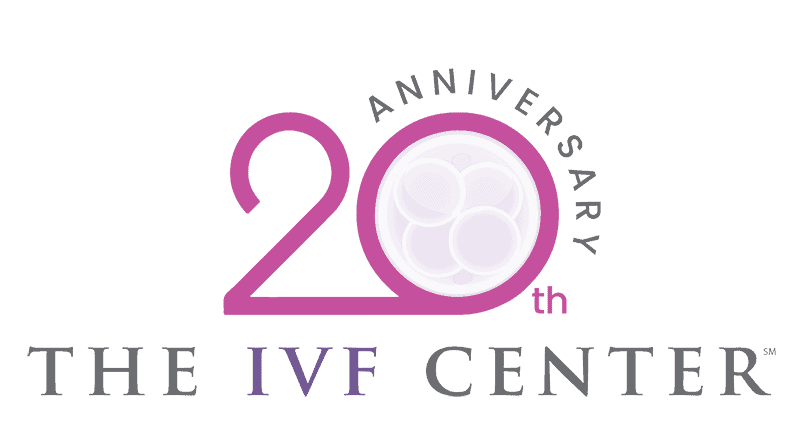 Are you struggling to conceive? What are the possible treatment options for infertility?
Are you struggling to conceive? What are the possible treatment options for infertility?
According to the Centers for Disease Control and Prevention (CDC), more than 1.5 million women in the United States, about 6 percent, are infertile (defined as not being able to conceive after one year of unprotected sex).
Despite myths about infertility, it can occur at any age in both men and women. Infertility may be due to a single cause in either you or your partner, or a combination of factors. Luckily, there are many advances in fertility testing and treatments to help overcome infertility.
What Causes Infertility?
There are numerous underlying medical issues that could cause infertility in both females and males. Besides medical conditions there are also behavioral, environmental, and occupational factors that could be affecting fertility.
- If you are under 35-years-old and have been trying to get pregnant without success for a year, you may want to see your fertility doctor
- If you are 35 or older, you should see your doctor after six months of trying to conceive
- If you are a female experiencing changes in your menstrual or ovulation cycle, you may want to consult your doctor
In males, symptoms are more vague and typically go unnoticed until they are trying to conceive. Male symptoms can include change in hair growth or sexual desire, pain or swelling of the testicles, or problems with erections and ejaculation.
Common causes of female infertility may include:
- Age-related changes in the reproductive organs
- Ovulation disorders
- Damage to fallopian tubes
- Endometriosis
- Uterine or cervical causes
Common causes of male infertility may include:
- Sperm production
- Blockage of sperm transport
- Hormonal imbalances
- Sperm antibodies
Unfortunately, for both female and male infertility, it is common to not fall under any of the above listed categories, resulting in fertility issues that are unexplainable.
Who Experiences Infertility?
If getting pregnant has been a challenge for you and your partner, you’re not alone.

“About 10 to 15 percent of couples have difficulty conceiving. Putting this into perspective, only about 20 to 25 percent of couples under age 30 will be able to conceive naturally,” says Mark P. Trolice, M.D.
“After a year, about 85 percent will be able to conceive. At The IVF Center, we start looking at the 10 to 15 percent of the population that have been having difficulty.”
What are the First Steps in Solving Infertility?
There are a number of tests patients undergo to help diagnose what may be causing infertility. Fertility tests vary patient to patient, and also vary depending on the doctor and/or clinic.
Typically during the first appointment the patient’s medical history will be discussed.
Medical history topics during a first appointment include: what type of birth control is used, menstrual and pregnancy history, current and past sexual practices, medications used, and surgical history.
The physician may also want to discuss lifestyle choices, such as work/living environment. After the first appointment, the doctor may want to proceed with some initial testing.
Common infertility tests for women may include:
- BBT charting
- Postcoital test
- Transvaginal (pelvic) ultrasound exam
- Hysterosalpingogram (HSG)
- Hysteroscopy
- Laparoscopy
- Endometrial biopsy
Not all women will undergo all of these tests. The doctor will decide which tests will be the most appropriate for your situation.
 Another common fertility test is the use of ovulation kits. Ovulation disorders are when a woman ovulates infrequently, or not at all. According to Mayo Clinic, ovulation disorders account for infertility in about 25 percent of infertile couples. Ovulation is the most fertile time of a woman’s cycle. Over-the-counter ovulation kits help monitor to help identify the best time to have intercourse, which will help maximize your chances of getting pregnant.
Another common fertility test is the use of ovulation kits. Ovulation disorders are when a woman ovulates infrequently, or not at all. According to Mayo Clinic, ovulation disorders account for infertility in about 25 percent of infertile couples. Ovulation is the most fertile time of a woman’s cycle. Over-the-counter ovulation kits help monitor to help identify the best time to have intercourse, which will help maximize your chances of getting pregnant.
Blood tests may also be given to measure the level of a hormone called progesterone in a patient’s blood. Your ovaries produce progesterone after ovulation. Progesterone helps prepare your uterus so that it can receive, implant, and support a fertilized egg during pregnancy.

For males, the best infertility test is the sperm analysis. The sperm analysis can tell your doctor a number of factors such as: sperm count, ability of sperm to swim (mobility), velocity or forward progression of the sperm, size and shape of the sperm, total semen volume, and the liquefaction of the semen.
“At The IVF Center, we offer you a number of fertility tests to provide a very comprehensive and efficient way to either alleviate your anxiety that their could be a problem, or to work promptly at treating the issue, and hopefully, conceiving,” says Dr. Trolice.
What Happens After Fertility Tests?
Following a fertility test, your physician will review the results with you and discuss the best steps to move forward to help you grow your family.
It is important to note that every patient is different and there is not a surefire method for each treatment plan. At The IVF Center, we work with patients to develop a customized treatment plan with the highest chance of success.
We are Central Florida’s most successful IVF Program.






